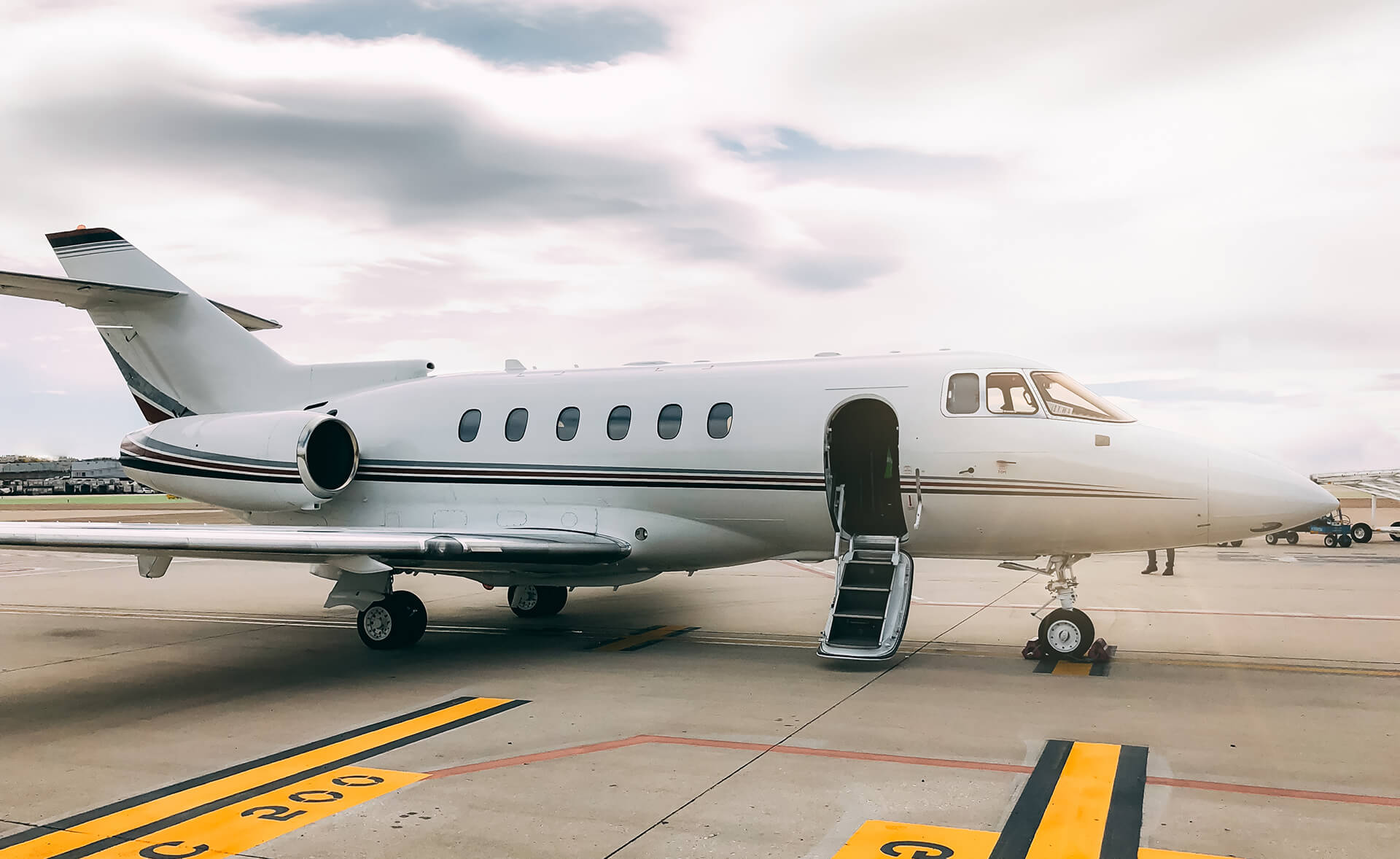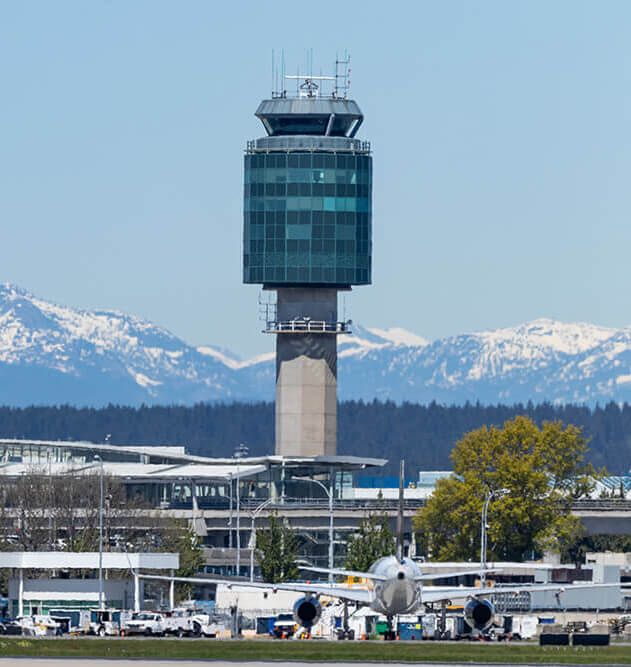Case Studies
Transference of Effective Unit-level Practices

NOSS findings #1
Many, but not all, ANSPs employ some sort of procedural countermeasure to ensure that critical information is passed during position relief briefings. At two NOSS Archive ACCs, the protocols and practices behind position relief briefings varied greatly amongst different work units within the Center. Some workgroups were deemed to have more effective briefings than others (e.g. the briefings were more structured and likely to include all relevant information, interruptions were better managed, and incoming controllers appeared more participatory in the briefings, etc).
Response to findings
The work groups that were deemed to have the more effective briefings utilized protocols that were unique within the ACCs to guide their briefings. One used a combination of a checklist and a “challenge-and-response” method in which the incoming controller guided the briefing, while another used an acronym. The protocols and practices in the work groups deemed to have effective position reliefs1 served as models to the other workgroups, with many of the “best practices” being adopted at the behest of the observers who saw “a better way of doing things” when observing the workgroups that had good briefings.


NOSS findings #2 & Response
At several towers within a large ANSP, local procedures pertaining to a range of issues including VFR training flights, automation setup and helicopters using taxiways for takeoffs/landings varied. External observers (from other towers), noted that certain procedures, automation configurations, etc seemed particularly helpful and instigated their introduction at their home facility.
